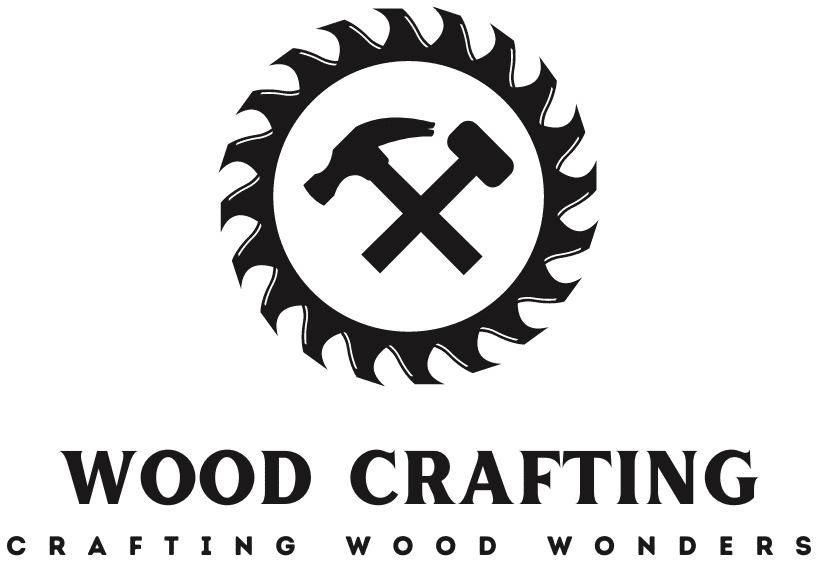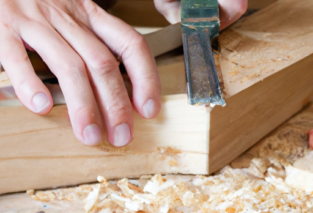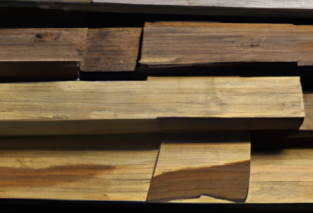In this article, we will explore different methods to address common wood issues such as splits, knots, or other imperfections. You will learn practical tips on how to repair and enhance the appearance of your wooden projects. We will discuss techniques that can help you minimize the visibility of these flaws and improve the overall quality of your woodworking projects. Whether you are a beginner or an experienced woodworker, this article will provide you with valuable insights on tackling wood issues effectively. When working with wood, it is important to understand and address any issues that may arise, such as splits, knots, or other imperfections. These issues can not only affect the appearance of your woodwork projects but also compromise their structural integrity. In this article, we will discuss how to identify wood issues, understand their causes, and implement preventive and corrective measures to ensure the longevity and aesthetics of your woodwork.
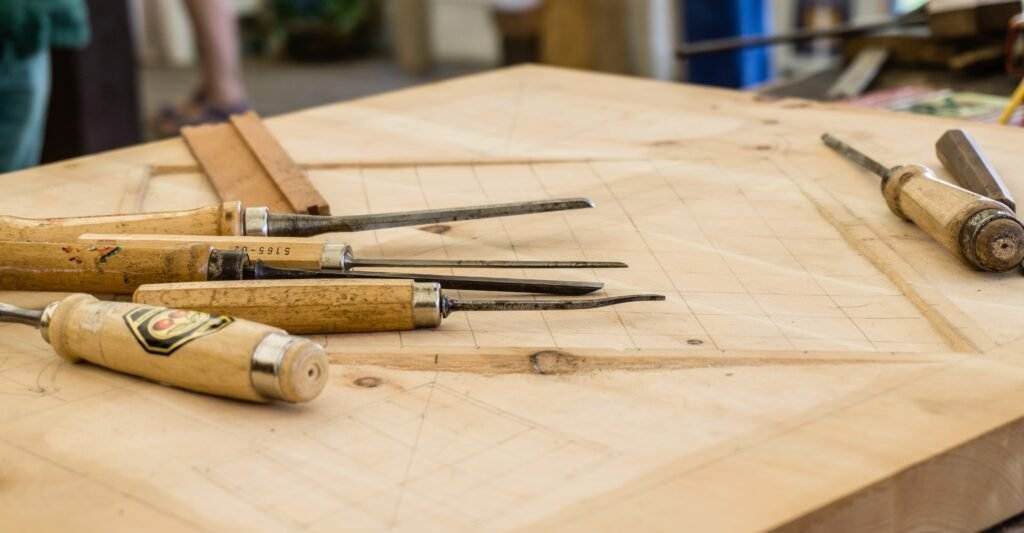
Identifying Wood Issues
Understanding splits
Splits, also known as cracks or checks, are separations in the wood that occur along its grain. They can be caused by various factors such as natural drying, changes in moisture content, or improper handling and storage. It is important to differentiate between surface splits and deep splits, as the severity of the split will determine the appropriate treatment.
Recognizing knots
Knots are circular or oval-shaped imperfections that occur when a branch grows from the main trunk of a tree. They are caused by the intersection of the branch with the wood and can vary in size, shape, and stability. Knots can affect the strength and stability of the wood, especially if they are loose or have a weak connection to the surrounding wood fibers.
Identifying other imperfections
Apart from splits and knots, there are other imperfections that you may encounter when working with wood. These include grain irregularities, insect holes, stains, discoloration, and surface damage. It is important to identify these imperfections and understand their impact on the overall quality and appearance of the wood.
Causes of Wood Issues
Natural causes
Many wood issues arise from natural factors that are beyond our control. For example, splits can occur as the wood naturally dries and shrinks over time. Knots are also a natural occurrence as trees grow and branches intersect with the trunk. Understanding these natural causes can help us better address and prevent wood issues.
Processing and handling factors
Wood issues can also be caused by improper processing and handling techniques. For example, rapid drying or uneven moisture content during the drying process can lead to splits. Rough handling or stacking wood improperly can also cause damage and result in splits, knots, or other imperfections.
Environmental influences
Environmental factors such as temperature, humidity, and exposure to sunlight can affect the condition of wood. Extreme temperature or humidity changes can cause the wood to expand or contract, leading to splits or warping. Exposure to sunlight over time can cause discoloration and fading of the wood. Understanding these environmental influences can help us take appropriate measures to prevent or minimize wood issues.
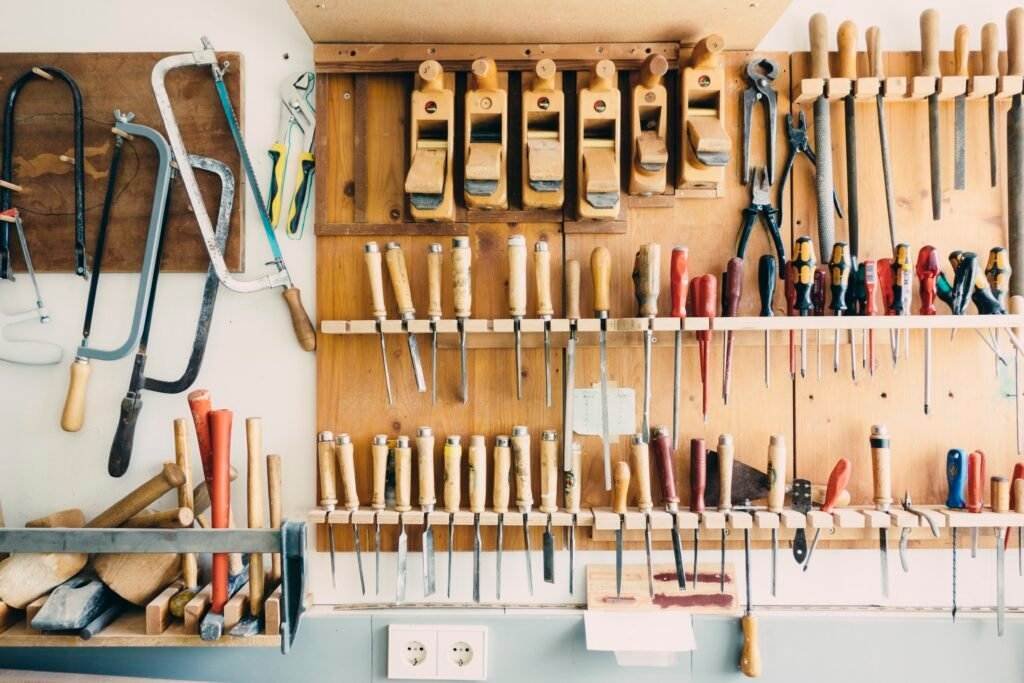
Preventing Wood Issues
Proper drying techniques
Properly drying wood is crucial to minimize the occurrence of splits, knots, and other imperfections. This involves ensuring a slow and controlled drying process to allow the wood to gradually adjust to the moisture content of its environment. Air-drying or kiln-drying methods can be used, depending on the type of wood and the desired outcome. It is important to follow recommended drying techniques specific to the wood species you are working with.
Careful wood selection
Choosing the right type and quality of wood is an important step in preventing wood issues. Different wood species have different characteristics, such as hardness, stability, and resistance to splitting. It is important to select wood that is appropriate for the intended use and environment. Additionally, inspecting the wood for any existing imperfections before purchasing or using it can help identify potential issues.
Correct storage and handling methods
Proper storage and handling of wood are essential to prevent damage and minimize wood issues. Wood should be stored in a dry and well-ventilated area to avoid excessive moisture absorption or drying. It should be stacked and supported properly to prevent warping or bending. When handling wood, it is important to use the appropriate tools and techniques to minimize stress or impact on the wood.
Treating Splits in Wood
Evaluating the severity of splits
Before treating splits in wood, it is important to evaluate their severity. Surface splits that are shallow and do not affect the structural integrity of the wood can often be filled or sealed. Deep splits that are larger or extend through the thickness of the wood may require more extensive measures to reinforce or repair them.
Using wood fillers or adhesives
For surface splits, wood fillers or adhesives can be used to fill the gaps and restore the smoothness of the wood surface. Epoxy-based fillers are commonly used as they provide a strong bond and can be sanded and finished like wood. It is important to follow the manufacturer’s instructions and apply the filler or adhesive properly to ensure a seamless repair.
Reinforcing with dowels or butterflies
Deep splits may require reinforcement to restore the strength and stability of the wood. This can be done by inserting dowels or butterflies, which are thin wooden or metal plates, into the split. The dowels or butterflies are secured with glue and can help bring the split together and prevent further separation.
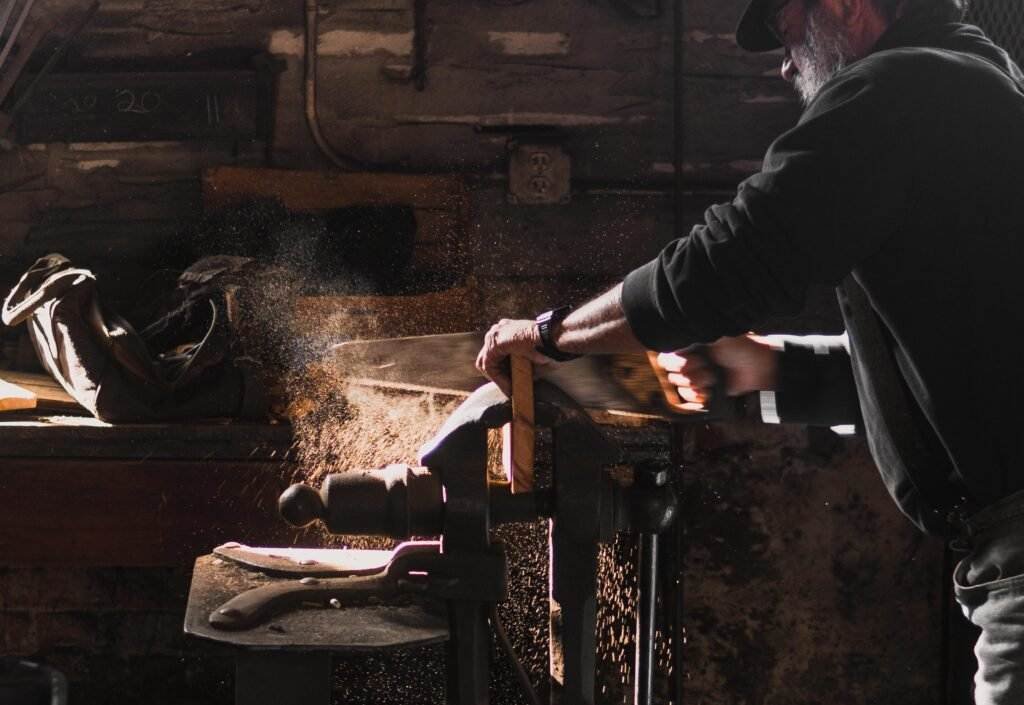
Addressing Knot Issues
Understanding different knot types
To address knot issues, it is important to understand the different types of knots and their impact on the wood. Tight knots, which are securely embedded in the wood, are less likely to cause issues compared to loose knots, which may become dislodged over time. It is also important to evaluate the size and location of the knot, as larger or closer-to-the-edge knots can weaken the wood.
Evaluating knot stability
Before deciding whether to reinforce or remove a knot, it is important to assess its stability. If a knot is tightly embedded and shows no signs of movement or weakness, it may be safe to leave it as is. However, if a knot is loose, has cracks or gaps around it, or affects the overall stability of the wood, it may need to be addressed.
Reinforcing or removing knots
Loose knots or those that compromise the strength of the wood can be reinforced by filling the gaps with wood fillers or adhesives. This helps stabilize the knot and prevent further movement. In some cases, removing the knot entirely may be necessary, especially if it poses a safety risk or affects the aesthetics of the woodwork project. This should be done carefully to avoid damaging the surrounding wood.
Correcting Other Wood Imperfections
Filling gaps and voids
Other wood imperfections such as gaps or voids can be corrected by filling them with wood fillers or epoxy-based adhesives. This helps create a smooth and even surface, improving the appearance and functionality of the wood. It is important to select the appropriate filler or adhesive that matches the color and properties of the wood.
Sanding and refinishing techniques
To address surface damage, such as scratches or dents, sanding and refinishing techniques can be used. This involves sanding the wood surface to remove any imperfections and then applying an appropriate finish or coating to restore its smoothness and luster. It is important to use the correct sandpaper grit and follow the recommended sanding and refinishing techniques for the specific type of wood.
Using wood patches or veneers
For larger imperfections, such as holes or deep scratches, wood patches or veneers can be used to fill and repair the damaged area. Wood patches are small pieces of wood that are shaped and glued into the damaged spot, while veneers are thin slices of wood that can be glued onto the surface. This helps restore the structural integrity and appearance of the wood.
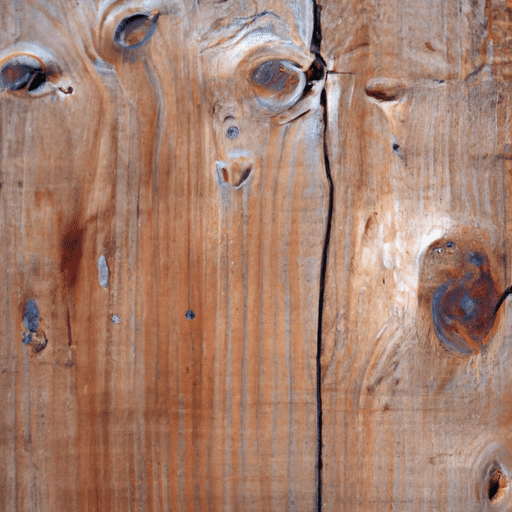
Choosing the Right Wood
Understanding wood characteristics
To address and prevent wood issues, it is essential to understand the characteristics of different wood species. Some woods, such as oak or maple, are known for their stability and resistance to splitting, making them suitable for projects where durability is important. Other woods, such as pine or cedar, may be more prone to splitting and require additional care and maintenance.
Considering the project requirements
When selecting wood for a project, it is important to consider the specific requirements of the project. This includes factors such as the intended use of the wood, the environment in which it will be used, and the desired aesthetics. For example, if the wood will be exposed to outdoor elements, it is important to choose a wood species that is naturally resistant to decay and insects.
Selecting quality grade wood
Choosing high-quality grade wood can greatly reduce the occurrence of wood issues. Different wood species are often graded based on their appearance and structural properties. Selecting wood with fewer imperfections, such as knots or splits, can help ensure the overall quality and longevity of your woodwork projects.
Maintaining Wood Quality
Proper cleaning and maintenance
To maintain the quality of your woodwork, it is important to clean and maintain the wood regularly. This includes removing dust and debris, as well as protecting the wood from moisture or excessive dryness. Soft, lint-free cloths or brushes can be used to gently clean the wood surface without scratching or damaging it.
Applying protective finishes
Protective finishes, such as varnishes, oils, or stains, can help protect the wood from moisture, UV rays, and other environmental factors. These finishes not only enhance the natural beauty of the wood but also provide a barrier against damage and wear. It is important to follow the manufacturer’s instructions and apply the finish evenly for the best results.
Avoiding excessive temperature or humidity changes
Extreme temperature or humidity changes can cause the wood to expand or contract, leading to warping, splitting, or other issues. It is important to avoid exposing the wood to such fluctuations. This can be done by keeping the wood in a stable environment, away from direct sunlight, heat sources, or areas with high humidity, such as bathrooms or basements.
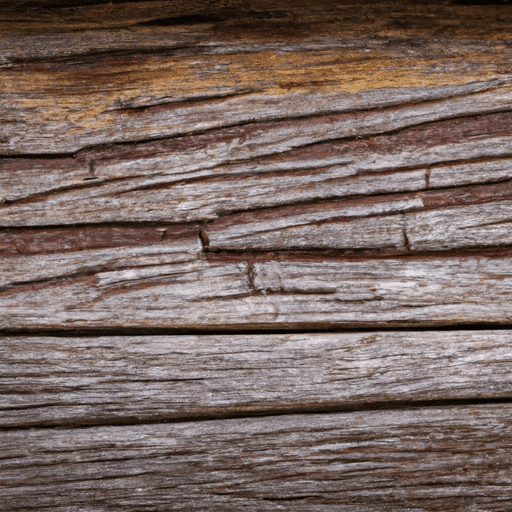
Seeking Professional Help
Consulting with a wood expert or carpenter
If you are unsure about how to address wood issues or if the issues are beyond your capabilities, it is advisable to consult with a wood expert or carpenter. They can provide valuable insights, advice, and solutions tailored to your specific woodwork projects. They can also help assess the severity of the issues and determine the best course of action.
Hiring a professional woodworking service
For more complex wood issues or larger-scale projects, it may be necessary to hire a professional woodworking service. These services have the expertise, tools, and resources to address and resolve any wood issues effectively. They can also provide guidance on wood selection, proper handling and storage, and long-term maintenance.
Getting advice from experienced craftsmen
Experienced craftsmen who have been working with wood for many years can offer invaluable advice and tips on addressing wood issues. Their firsthand knowledge and expertise can help you avoid common pitfalls, learn valuable techniques, and enhance your woodworking skills. Joining woodworking communities or attending workshops can provide opportunities to connect with experienced craftsmen and learn from their experiences.
Conclusion
By understanding wood issues and implementing preventive and corrective measures, you can effectively address splits, knots, and other imperfections in wood. With proper knowledge, care, and maintenance, you can ensure the longevity and aesthetics of your woodwork projects. Whether you are a DIY enthusiast or a professional woodworker, taking the time to address wood issues will result in high-quality, durable, and visually appealing woodwork that you can be proud of.
